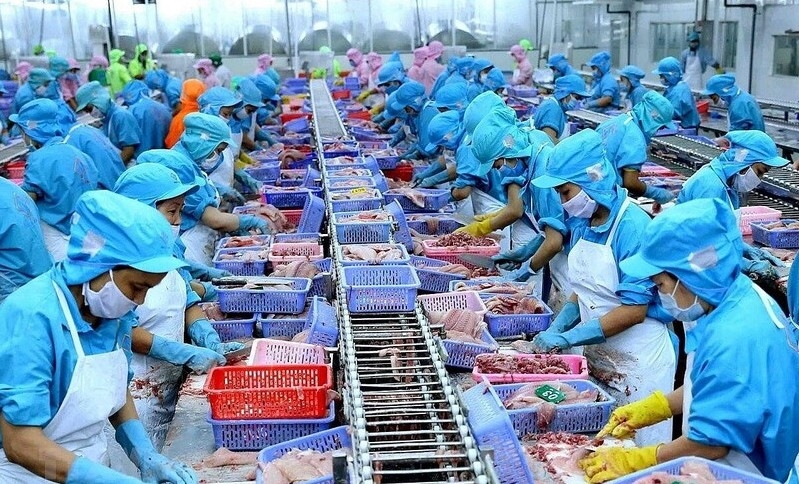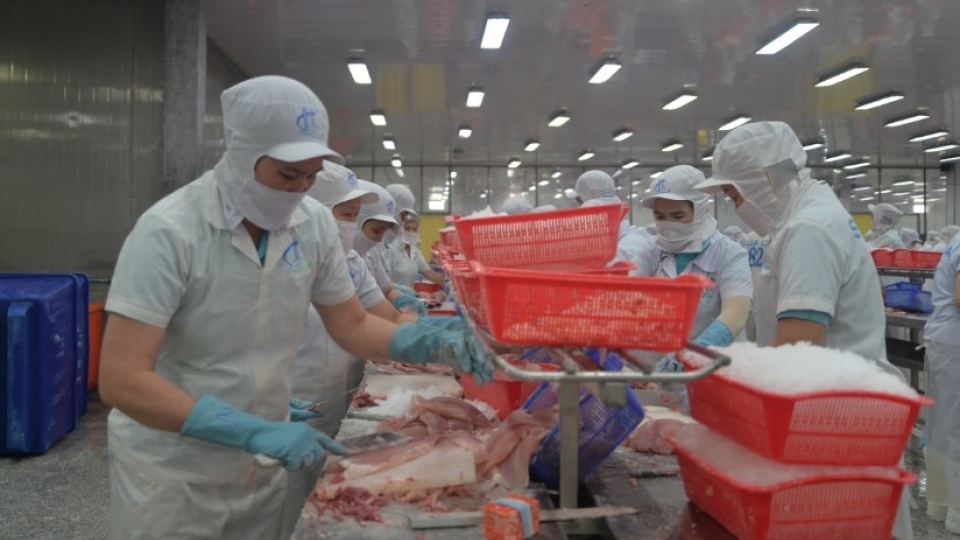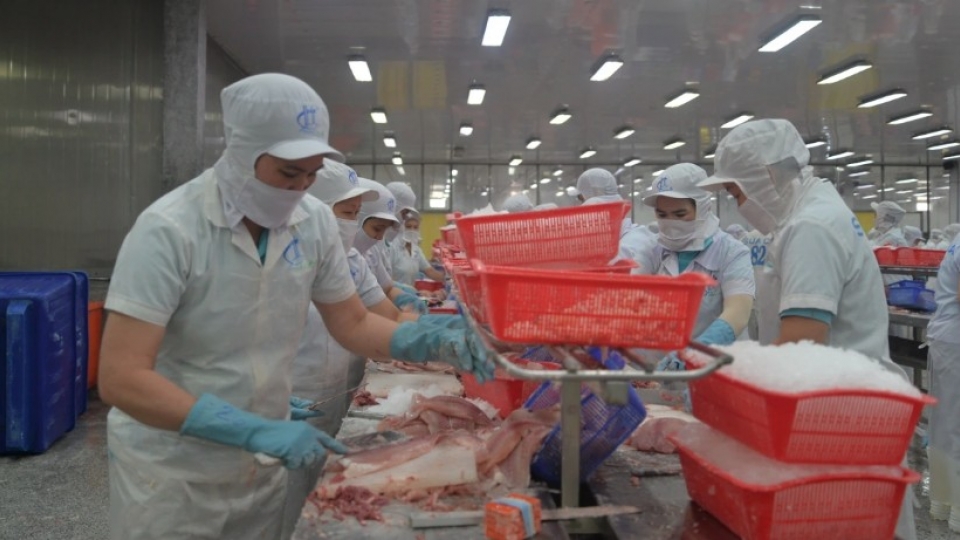Whitefish shortage in EU opens market opportunities for Vietnam’s pangasius
VOV.VN - The European Union (EU) is confronting a tightening supply of whitefish, creating an opening for Vietnam’s Tra fish (pangasius) industry.

Tra fish exports to EU edge up
Vietnam Customs data shows that pangasius exports to the EU reached US$149 million during the ten-month period of 2025, up 3% year-on-year. In October alone, shipments totaled US$15 million, down 11% compared with October 2024. While cumulative growth remains positive, the month-on-month performance reflects buyers’ caution amid economic uncertainty and the broader shortage of whitefish.
Import patterns, however, diverge sharply across member states.The Netherlands, the bloc’s largest market, posted US$3.4 million in October, a 2% dip. Germany, the second-largest destination, continued to weaken with only US$3 million in October, down 32%.
Spain showed strong momentum, surging 75% in October year-on-year. Belgium also recovered, rising 1% in October and 19% in the first ten months.
This fragmentation suggests that while some traditional markets are slowing, demand in Southern and Western Europe is trending upward.
Whitefish shortage in the EU: A chance for Vietnam’s pangasius?
According to the Vietnam Association of Seafood Exporters and Producers (VASEP), the tightening whitefish supply is reshaping pricing and market share across the EU. The Norwegian Seafood Council forecasts further increases in raw and retail prices for cod and haddock, noting that the challenges facing the whitefish sector are unlikely to ease in the near term.
Cod, the core species in Europe’s whitefish consumption, is facing severe scarcity as catches fall sharply in the Barents Sea and Norwegian Sea. Although farmed cod is being scaled up, current volumes remain far below market demand.
On top of declining output, EU sanctions on Russia and broader trade restrictions have disrupted multiple whitefish product lines, intensifying the supply crunch.
“In this context, demand for affordable and reliable alternatives is expected to rise. This creates a market gap for species with stable supply and flexible processing, and pangasius fits that profile,” VASEP noted.
Pangasius gains competitiveness amid tightening supply
With EU whitefish supplies increasingly strained, Vietnam’s pangasius holds several competitive advantages: affordable pricing, consistent raw material supply, and strong adaptability to a range of processing requirements-qualities that match the needs of European importers seeking substitutes.
VASEP added that consumer preferences in the EU are shifting toward convenient and value-added products, opening opportunities for Vietnamese exporters to expand items such as breaded pangasius, ready-to-cook products, and premium-cut fillets.
“Markets such as Spain, Belgium and France show strong potential thanks to high demand for reasonably priced, easy-to-prepare seafood. At the same time, improved compliance with sustainability standards, including ASC certification, is helping bolster the reputation and market acceptance of Vietnam’s pangasius. This reinforces its position as a viable substitute at a time when whitefish shortages are becoming more evident,” VASEP assessed.




